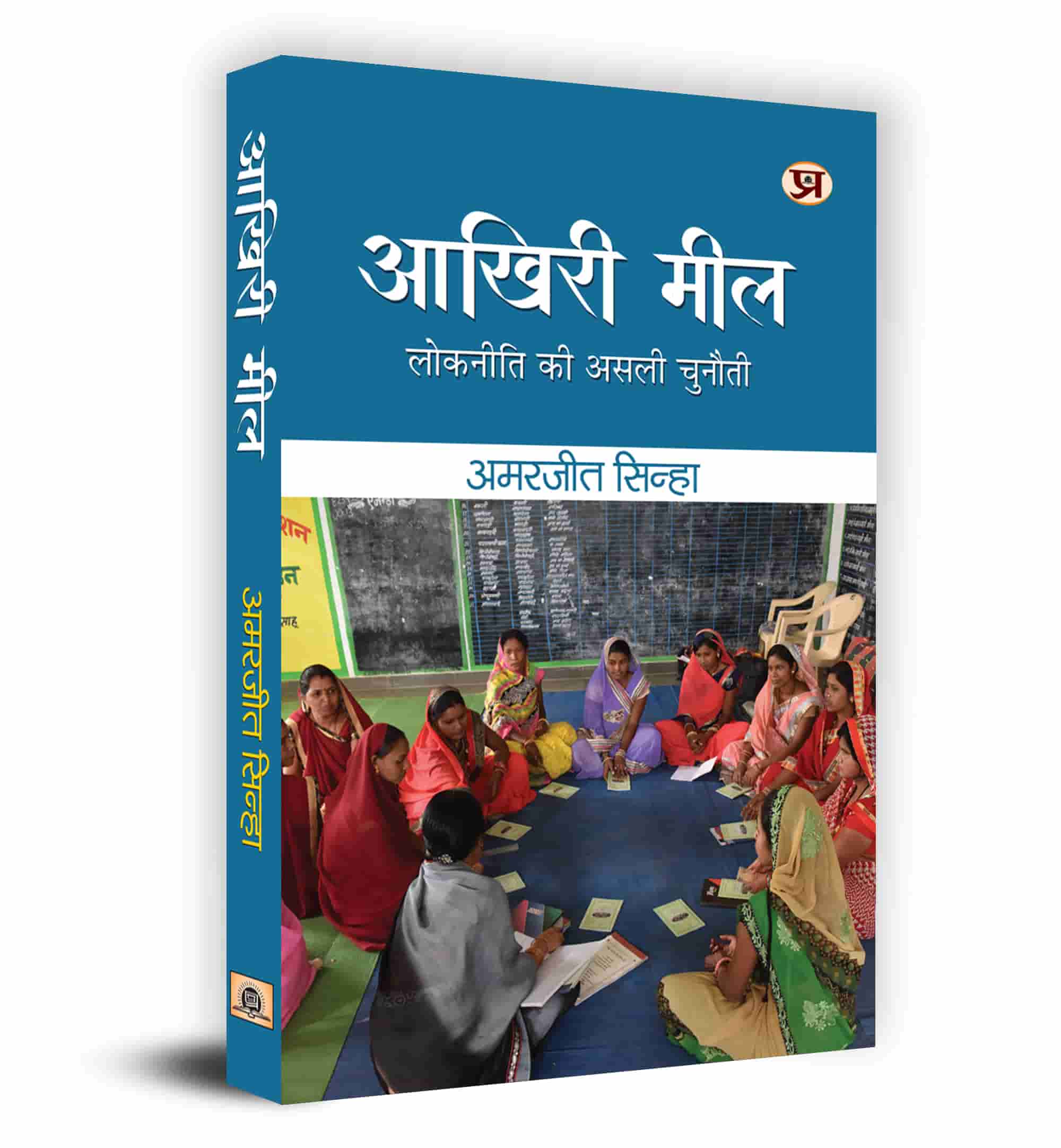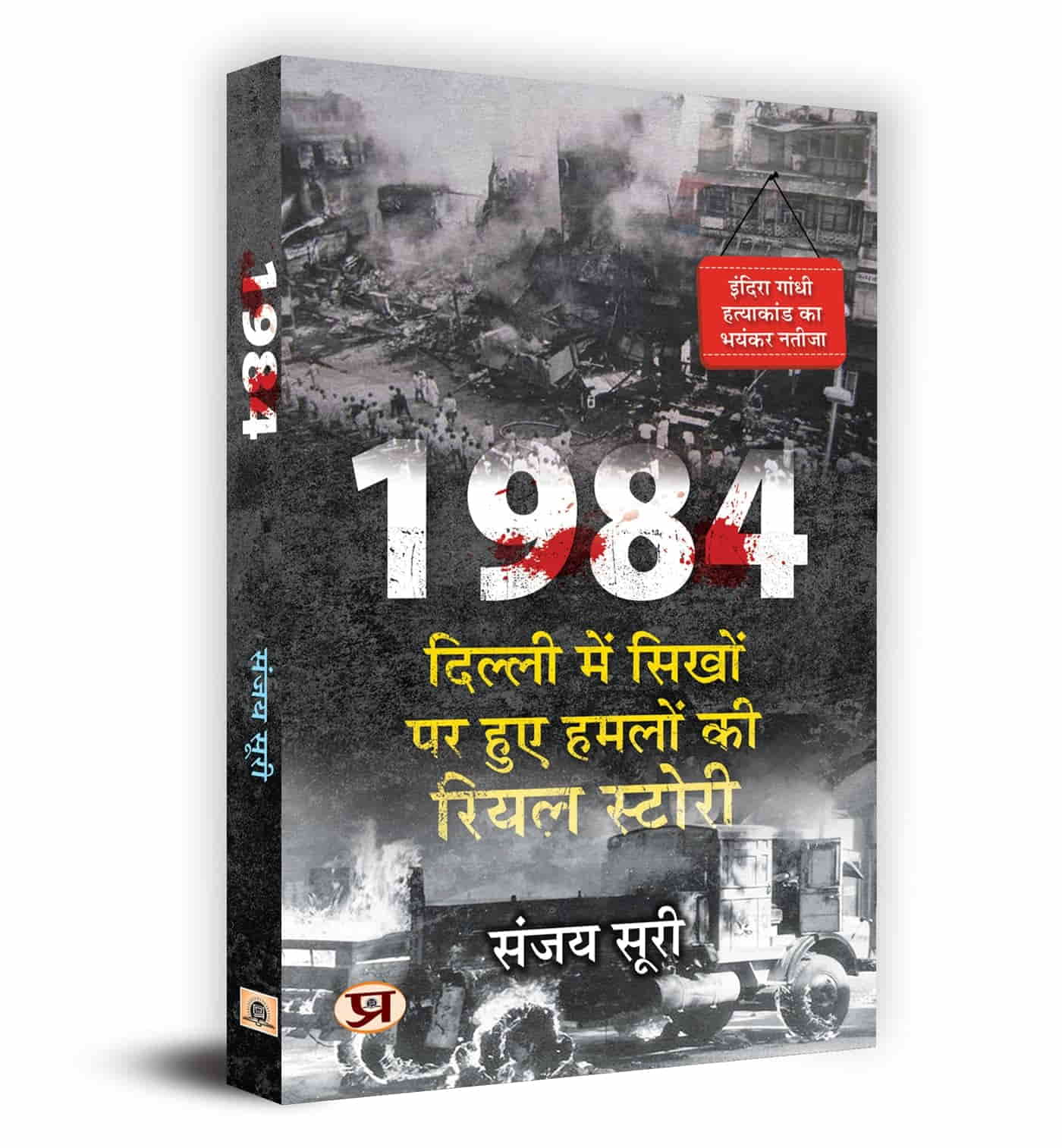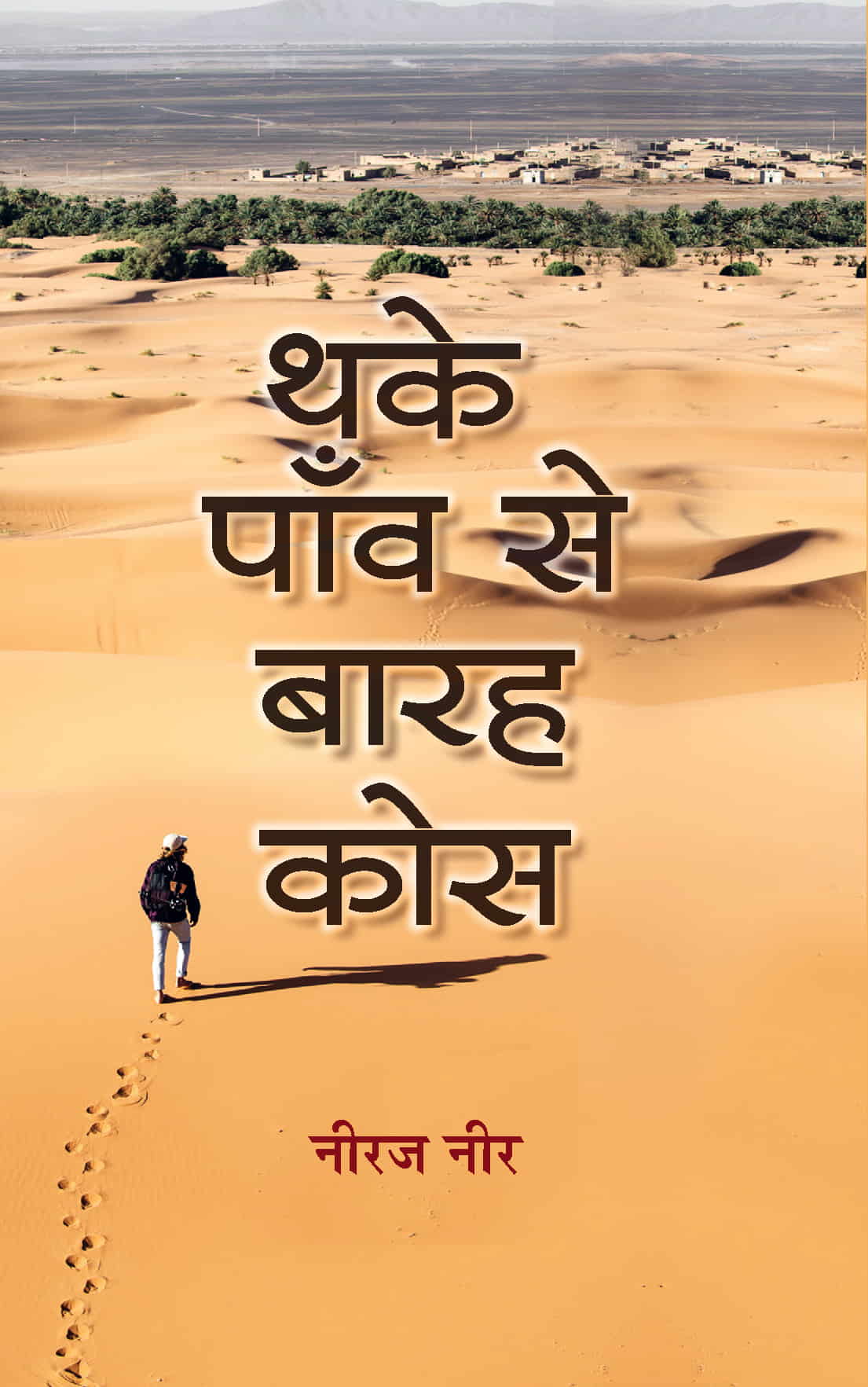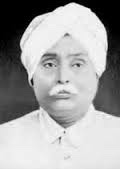₹450










The book reflects the study of the nationalist movement in India by veteran freedom fighter and our foremost leader Lala Lajpat Rai. It covers India from 1757 to 1857 A.D. and then from the mutiny of 1857 to 1905 A.D. It was revised further by the author to the happenings up to the year 1915. It gives a detailed account of the socio-economic condition and the spread of awakening for freedom among the masses. It decimates the arguments of British colonialism of having a welfare state in India. It is an important tool for the study of Indian independence.
A great read for the current generation by one of the tallest freedom fighters of India.
_______________________________________________________________________________________________________________________________________________________________________________________________________________________________________________________________________________________________________________________
Contents
Foreword — Pgs. 9
Introduction — Pgs. 23
1. The General Viewpoint of the Indian Nationalist — Pgs. 69
First Invasion of India — Pgs. 70
Chandra Gupta and Asoka — Pgs. 70
India Practically Independent up to the Twelfth Century — Pgs. 71
Muslim Rule — Pgs. 71
Muslim Rule in India not Foreign — Pgs. 73
Iindia under the British — Pgs. 75
Political Disqualification of the Indians — Pgs. 76
All Europeans, Eurasians including Armenians and Jews can carry Arms Free of License; Not so the — Indians — Pgs. 77
Loyalty of Ruling Chiefs — Pgs. 84
Middle Class Desires Political Freedom — Pgs. 85
2. India from 1757 to 1857 A.D. — Pgs. 89
Conflict of French and English in India — Pgs. 89
How British Rule in India was Established — Pgs. 90
Methods of Consolidation of British India — Pgs. 90
British Public Ignorant of Facts — Pgs. 91
Conquest of India Diplomatic, not Military — Pgs. 93
The Great Indian Mutiny of 1857 — Pgs. 93
How the Mutiny was Put Down — Pgs. 94
3. India from 1857 to 1905 — Pgs. 100
Part I—From 1857 to 1885 — Pgs. 100
The Bengalee Babu — Pgs. 100
Forces Resisting Denationalisation — Pgs. 104
Political Disappointments — Pgs. 104
Lord Ripon — Pgs. 106
Lord Dufferin — Pgs. 109
Part II—The Birth of the Indian National Congress — Pgs. 109
Indian National Congress – An English Product — Pgs. 109
Hume, A Lover of Liberty — Pgs. 110
Congress to Save British Empire from Danger — Pgs. 112
The Congress Lacked Essentials of a National Movement — Pgs. 120
Hume’s Political Movement — Pgs. 122
Congress Overawed — Pgs. 123
Congress Agitation in England — Pgs. 124
Causes of Failure of the Congress — Pgs. 125
Part III—The Birth of the New Nationalist Movement — Pgs. 127
Swadeshi and Swaraj — Pgs. 127
Men who have Inspired the Movement — Pgs. 130
The failures of the Congress evolved the Nationalist — Movement — Pgs. 131
Lord Curzon and Indian Education — Pgs. 133
Lord Curzon’s Secret Educational Conference — Pgs. 134
Indians and Lord Curzon at Cross Purposes — Pgs. 134
The Congress Deputation to England in 1905 — Pgs. 135
The Congress of 1905 — Pgs. 136
Object of the Passive Resistance Movement — Pgs. 137
4. The First Years of the Nationalist Movement — Pgs. 141
Partition of Bengal — Pgs. 141
Boycott of British Goods — Pgs. 141
The Second Move of the Bengalees: The National University — Pgs. 143
Arabinda Ghosh — Pgs. 145
The Nationalist Press — Pgs. 147
Military Measures against Boycotters — Pgs. 148
Lord Minto — Pgs. 149
Indian Press Gagged — Pgs. 150
Deportation of Lajpat Rai — Pgs. 151
Disaffection Driven Underground — Pgs. 152
Lord Hardinge Bombed — Pgs. 153
5. Types of Nationalists — Pgs. 155
The Extremists — Pgs. 155
A Few Nihilists — Pgs. 156
Religions Extremists — Pgs. 157
The Mother Worshippers — Pgs. 157
Vedantists — Pgs. 158
Advocates of Organised Rebellion — Pgs. 160
Har Dayal — Pgs. 161
Hardayalism — Pgs. 163
Political Freedom the First Condition of Life — Pgs. 164
Arabinda Ghosh—Vedantist and Swarajist — Pgs. 167
Ganesh Vinayak Savarkar — Pgs. 171
The Terrorists — Pgs. 171
Advocates of Constructive Nationalisation — Pgs. 172
Independence, But Not at Once — Pgs. 172
Preparing the Nation for Freedom — Pgs. 173
Preparatory Work from Below — Pgs. 174
Brahmo Samaj, Arya Samaj, Ramakrishna Mission — Pgs. 174
The Moderates — Pgs. 175
Gokhale — Pgs. 175
Congress Leaders — Pgs. 177
Passive Resisters — Pgs. 177
6. Indian Nationalism and the World-Forces — Pgs. 179
Inspiration through European Nationalism — Pgs. 179
History of Modern Europe tabooed in Universities — Pgs. 179
Italian-Turko War — Pgs. 180
Interpretation of India to Western World — Pgs. 180
Tagorism — Pgs. 181
7. The Religious and the Communal Elements in Indian Nationalism — Pgs. 182
Mohammedan Revulsion of Feeling against the — British — Pgs. 182
Disaffection among the Sikhs — Pgs. 184
8. The Future — Pgs. 185
Change in Indian Life and Depth of Nationalism — Pgs. 185
Nationalism Fertilised by Blood of Martyrs — Pgs. 187
Wave of Indian Nationalism is on — Pgs. 187
Propitiation and Petty Concessions Futile — Pgs. 188
Internal Division No Valid Plea — Pgs. 189
Illiteracy, the Fault of the British and No Bar to Self-government — Pgs. 190
Internal Troubles — Pgs. 190
Unfitness of Orientals for Representative Institutions — Pgs. 191
Nationalism has Come to Stay — Pgs. 191
Curzons, MacDonnels, Sydenhams, responsible for Bombs and Revolvers — Pgs. 192
Appendices-I: Extracts Prom Sir Henry Cotton’s ‘New India’ — Pgs. 193
Feudatory Chiefs Powerless — Pgs. 193
APPENDICES-II: Some Opinions about British India — Pgs. 194
Industrial Ruin of India — Pgs. 194
India a Mere Possession — Pgs. 194
Masses Starved — Pgs. 194
William Digby — Pgs. 195
70,000,000 Continually Hungry People in British India — Pgs. 195
Total Area Under Cultivation — Pgs. 195
Famines of Money, Not Food. Lord G. Hamilton — Pgs. 196
Causes of Famines — Pgs. 196
Drain — Pgs. 196
Enormous Foreign Tribute — Pgs. 196
Government Assessment Too High — Pgs. 196
The Ryot — Pgs. 197
Indian Plunder — Pgs. 197
Narrow and Shortsighted Imperial Policy. Sir Archibald R. Colquehoun — Pgs. 198
Taxation — Pgs. 198
APPENDICES-III — Pgs. 199
Facts and Figures — Pgs. 199
Plague, Deaths from — Pgs. 199
Indian Finance — Pgs. 199
Land Tax — Pgs. 199
Income Tax — Pgs. 200
Customs — Pgs. 200
Personnel of the Government — Pgs. 201
Services — Pgs. 202
APPENDICES-IV — Pgs. 204
The Flogging of Political Prisoners — Pgs. 204
A Short Bibliography of Books in English — Pgs. 205
Books by Englishmen — Pgs. 205
Books by Indians — Pgs. 206
Works by the Same Author (In English) — Pgs. 207
The Arya Samaj — Pgs. 207

Lala Lajpat Rai , (28 January 1865 – 17 November 1928) was a Punjabi author and politician who is chiefly remembered as a leader in the Indian Independence movement. He was popularly known as Punjab Kesari. He was part of the Lal Bal Pal trio He was also associated with activities of Punjab National Bank and Lakshmi Insurance Company in their early stages. He sustained serious injuries by the police when leading a non-violent protest against the Simon Commission and died less than three weeks later. His death anniversary (17 November) is one of several days celebrated as Martyrs' Day in India.